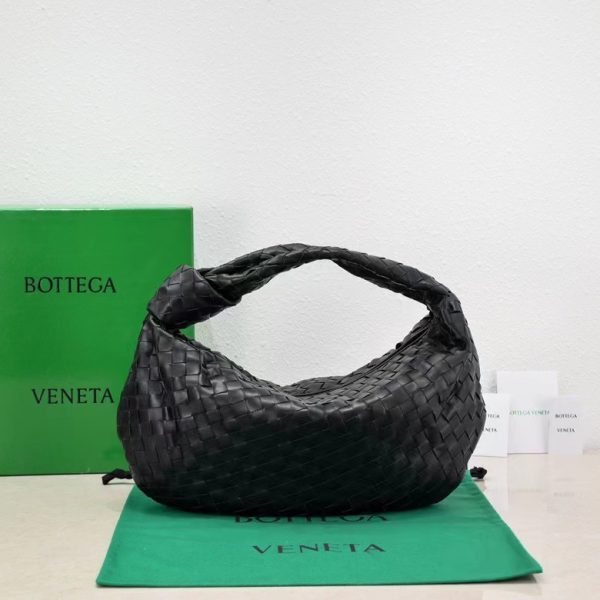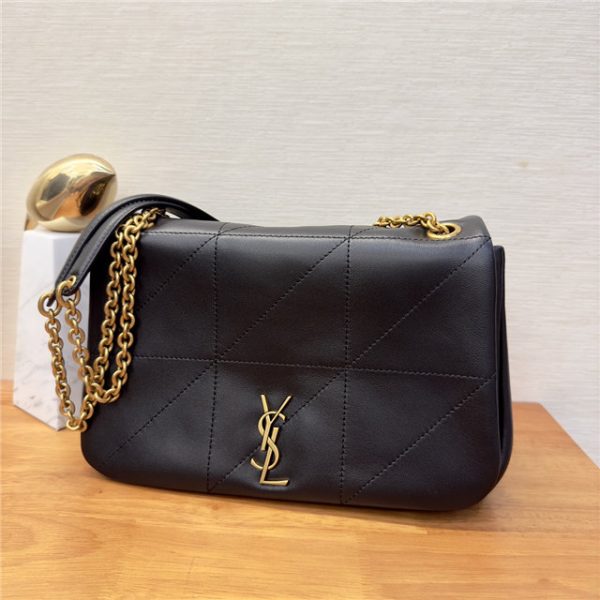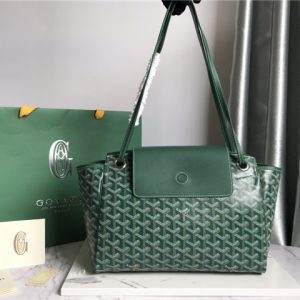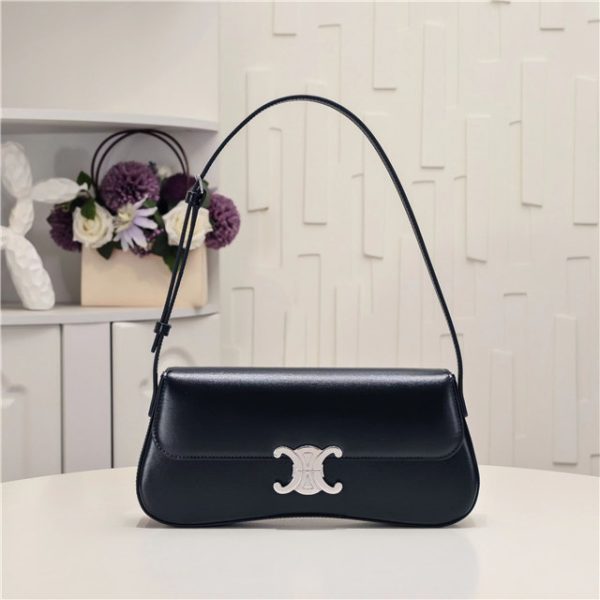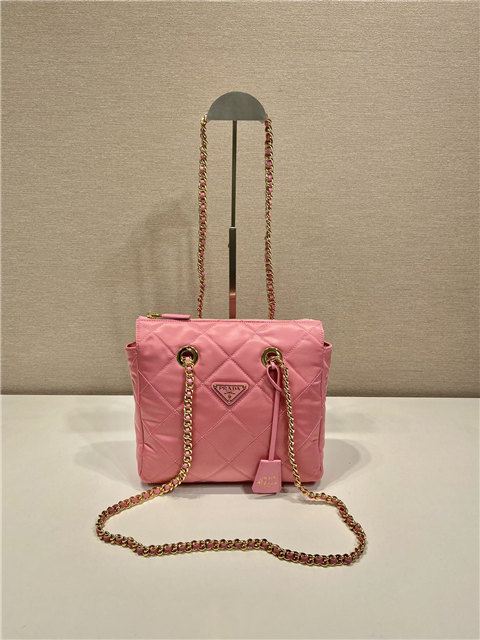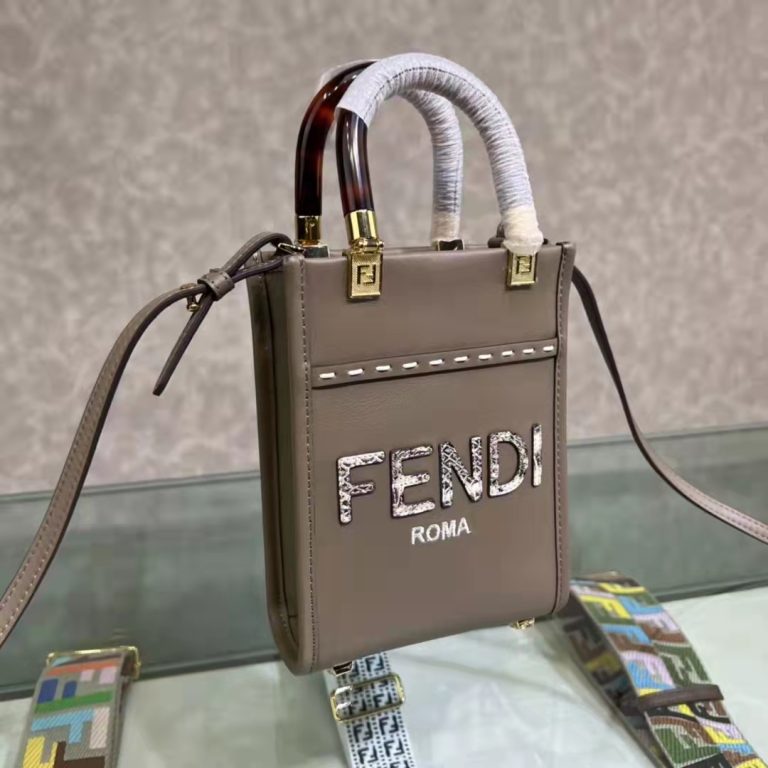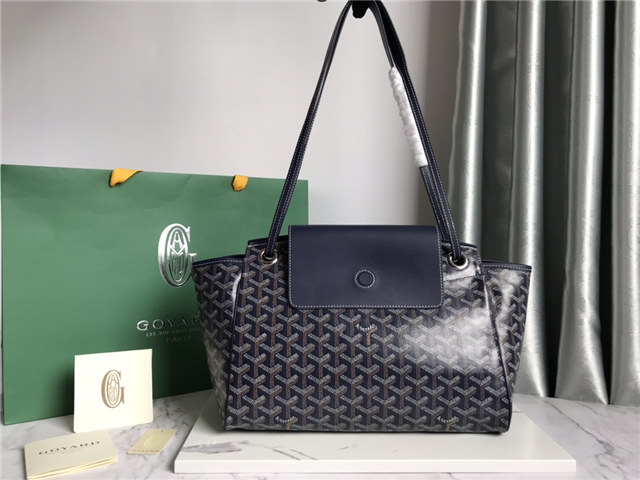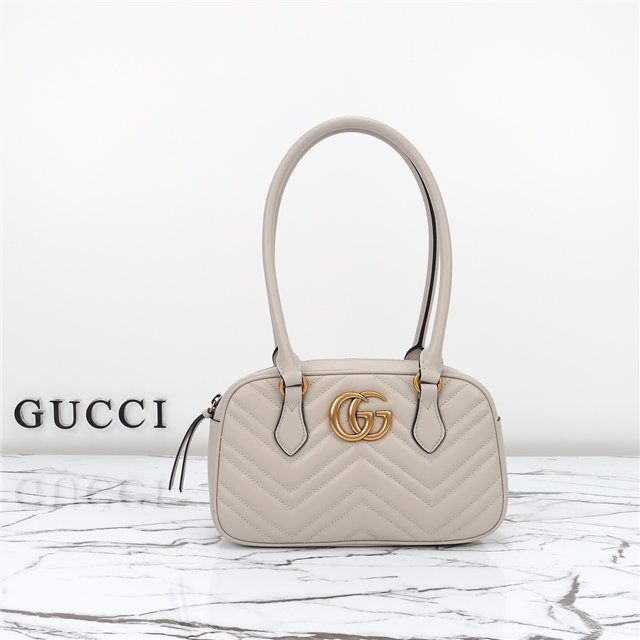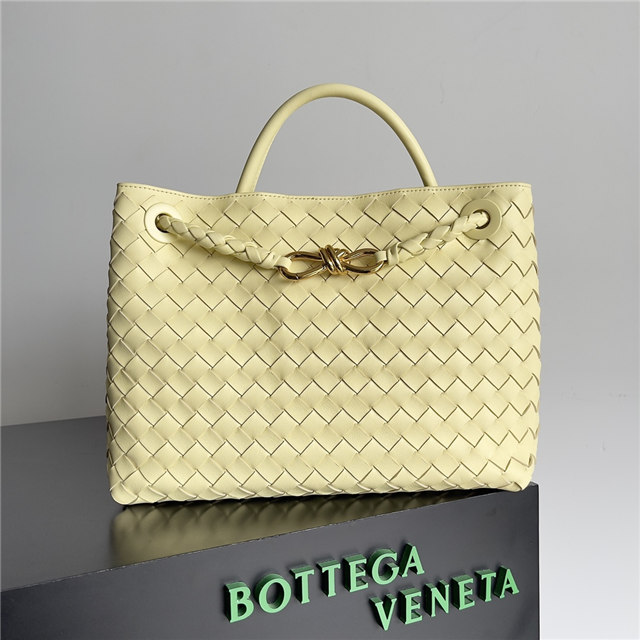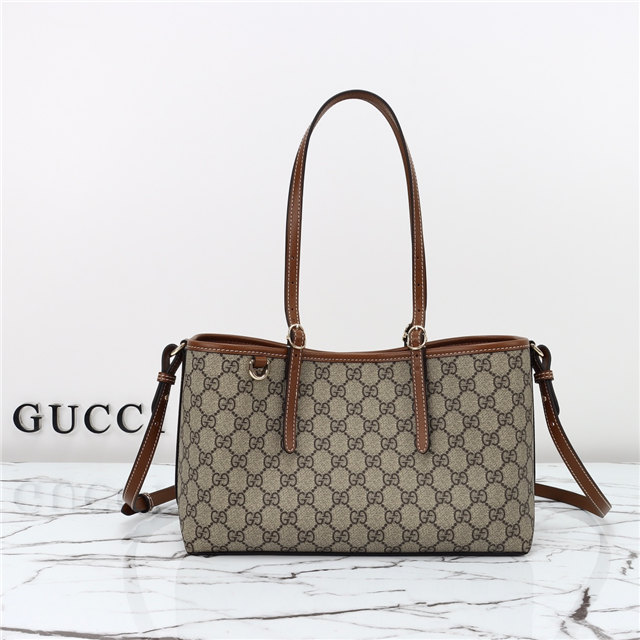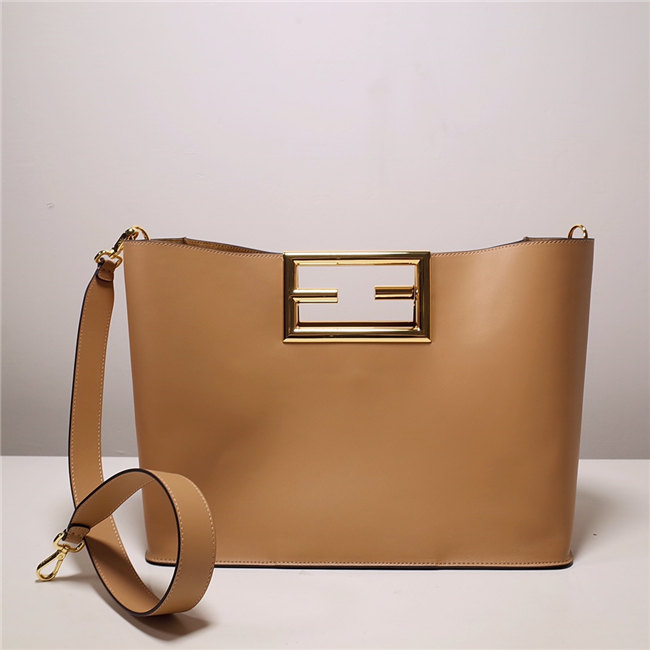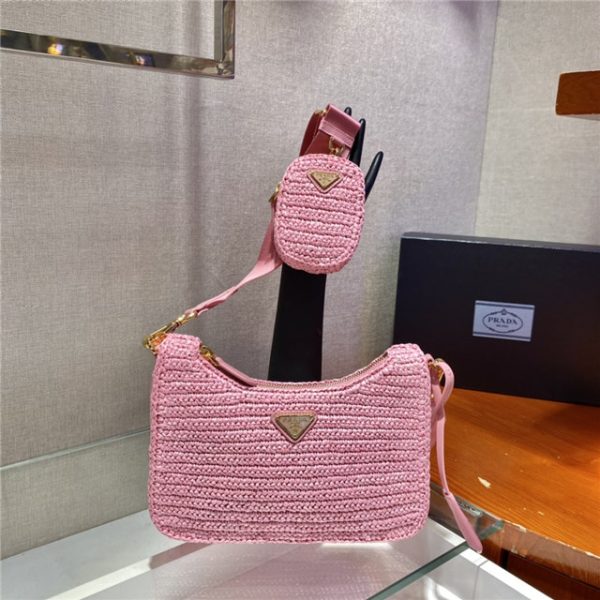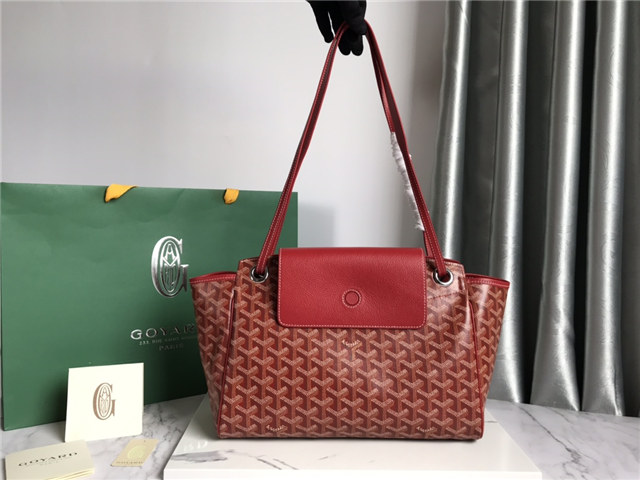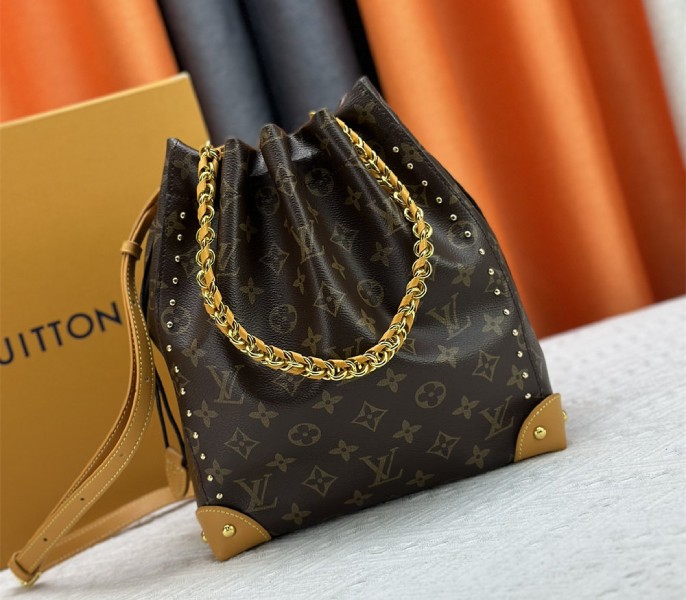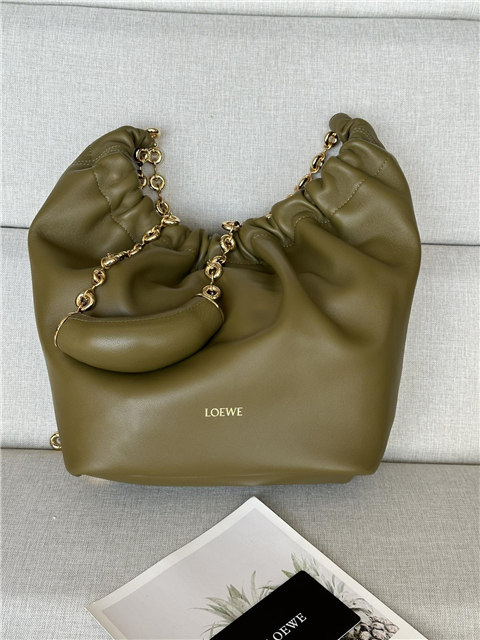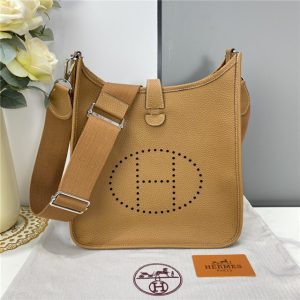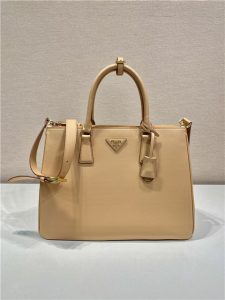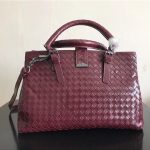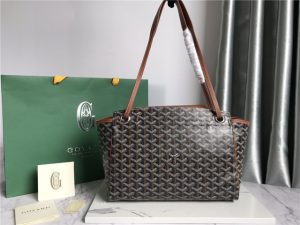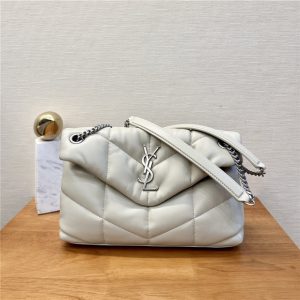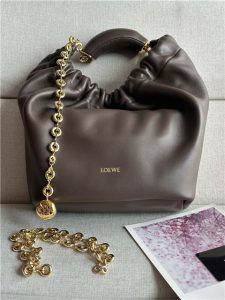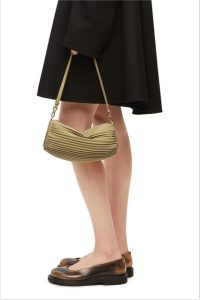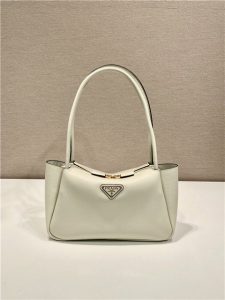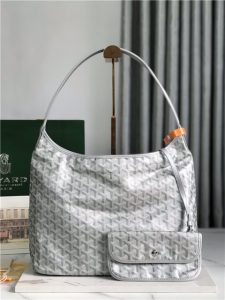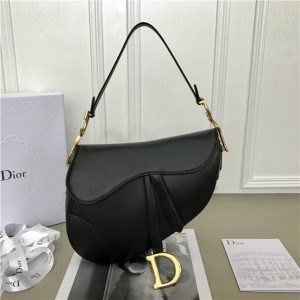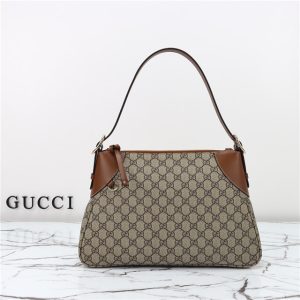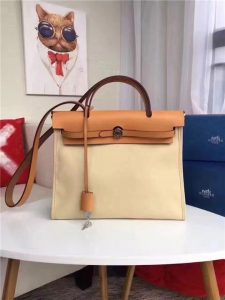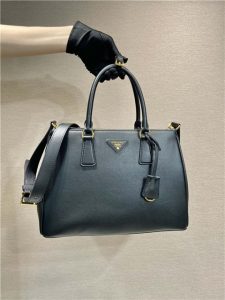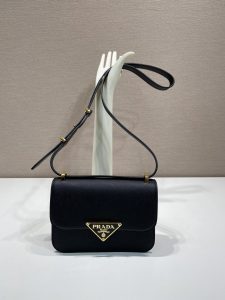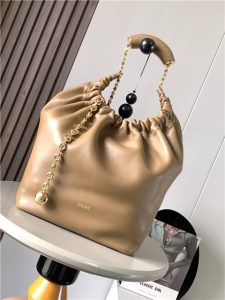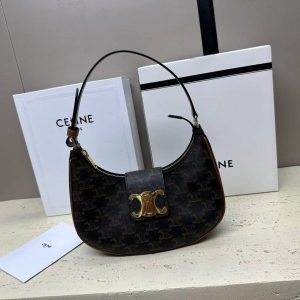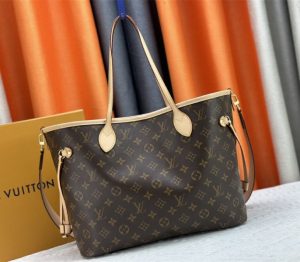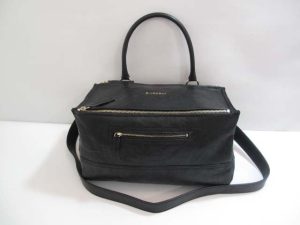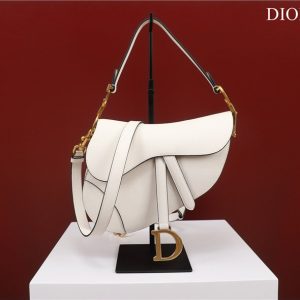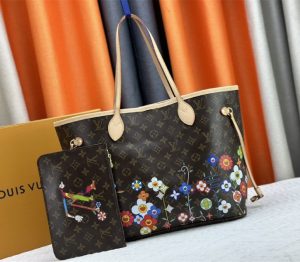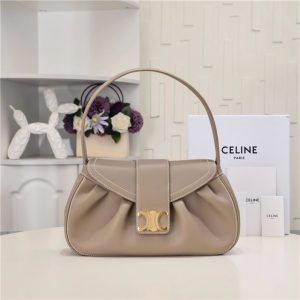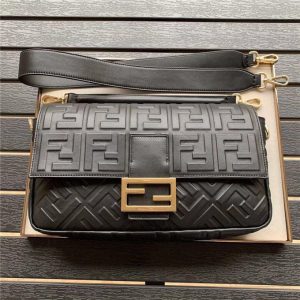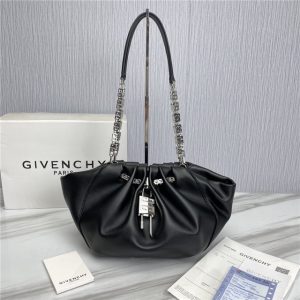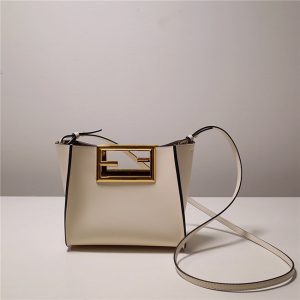First off, yeah, you’d think a G-Shock, being relatively cheap, wouldn’t be worth faking. Wrong! Apparently, even affordable watches get the counterfeit treatment. I mean, my local watch guy *laughed* when I brought in one I bought – he basically said I got played, and it was a fake. Talk about embarrassing! Shame on me, I guess.
The thing is, eBay is like, swimming in fake Casios. Especially popular models like the A168. If you see one going for like, ten quid? Alarm bells, man! It’s almost definitely a fake. There are a lot of sellers from other countries, like India, offering “limited edition” Edifices for ridiculously low prices. Come on, use your head! Red Bull Limited Edition for what, 30 bucks? Get real!
And it’s not just the super-cheap ones. The article I read mentioned someone getting a fake B640WD for nearly the same price as a real one on Amazon. The fake was 26.95 Euros (from Ireland, weirdly), and the real one was 29.39 GBP. So, even a slightly-too-good-to-be-true deal can be a red flag.
So, how do you spot ’em? Well, a big part of it is “buy the seller, not the watch.” This doesn’t mean that you should meet the seller in person, but that you should check their ratings. Look at their feedback, see if they’ve sold a lot of watches before, and look for any reviews that mention fakes.
The other thing is just… well, do your research. If you’re after a specific model, google it! Look at pictures of the real thing. Check out the details. See if the font looks weird on the face, or if the buttons feel cheap. Sometimes, it’s obvious – other times, it’s trickier.
Don’t be afraid to ask the seller questions, either. If they dodge your questions, or give vague answers, that’s a sign that they’re trying to hide something.

